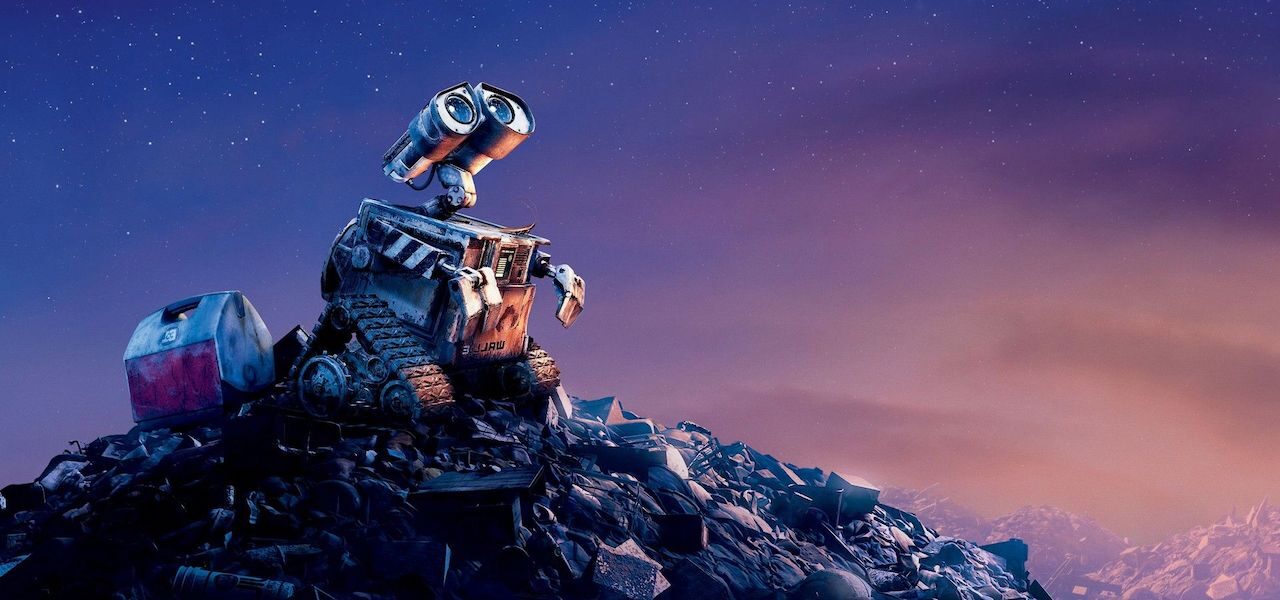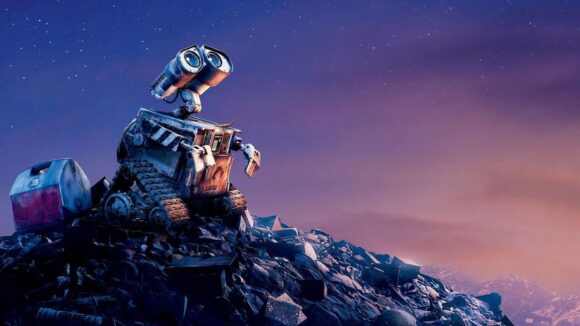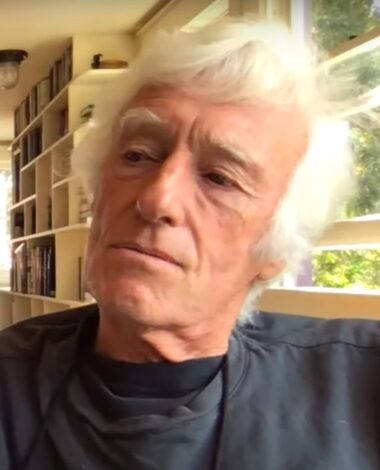

Oscar-Winning DOP Roger Deakins Talks About What He Has Learned From Working In Animation
He’s arguably the greatest cinematographer in the world. He’s been nominated for 15 Oscars, winning twice (for Blade Runner 2049 and this year’s 1917). Yet even Roger Deakins is still learning things about staging and lighting films.

He freely admits that he knew little about animation until it came knocking at his door. While developing 2008’s Wall-E, Pixar approached him to run workshops for their creative team — they wanted to imbue the film’s opening scenes with a live-action feel. Deakins accepted, as a kind of professional challenge. Thus began a fruitful sideline as a visual consultant on a range of animated features, including Paramount’s Rango and Dreamworks’s How to Train Your Dragon (HTTYD) trilogy.
The veteran DOP reflects on his animation career in a recent episode of his brand-new podcast Team Deakins, which he hosts with his wife and longtime collaborator James. The pair reflect on what these projects have taught them about the art and craft of cinematography. The first of at least three episodes about animation can now be listened to here.
The cinematography of cg animation is rarely analyzed in depth at all, let alone by top-flight professionals. But it’s Deakins’s unusual perspective that makes the podcast so interesting: as someone who came to animation from a distinguished live-action career, he is full of insights into how the two mediums differ, and how they stand to benefit from each other. Here are five takeaways from his conversation with James:
- Animated films tend to be over-lit. Deakins and James recall offending artists on HTTYD when he recommended darker lighting. “The animators get upset,” notes James, “because they’re creating the expressions on the faces that might be in the shadows.” She speculates that the tendency to over-light may stem from animation’s popularity as a medium for kids’ entertainment, where brightness and clarity have an advantage.
- Live-action lighting is not natural light. In trying to ape the feel of live-action cinema, animation filmmakers sometimes end up recreating light as it is in real life, says Deakins. He’s had to explain to crews that the light he uses on shoots is stylized in the first place, and that this is what they should be imitating.
- Animation effectively splits Deakins’s job in two. The role of DOP is divided between the lighting and layout departments, who tend to contribute to the production at different stages. He had to adjust to this arrangement — as James puts it, “It was like: What?!” Bringing the two departments closer together was a part of Deakins’s remit on HTTYD, as its director Dean DeBlois told us.
- A cinematographer can work remotely on animation. This is what Deakins often did: he would receive stills through a VPN, tweak the lighting on Photoshop, then send them back. The efficiency of this workflow, compared to a live-action shoot, seems to please him, and (like many others) he predicts that the sudden rise of remote working could facilitate more animated productions.
- Animation is becoming too photorealistic. “Animation has got stuck in this pseudo-realism,” laments Deakins, in what sounds like a veiled jab at films like Disney’s remake of The Lion King. It’s a striking comment, as this kind of animation tends to go hand in hand with input from live-action cinematographers. Yet Deakins yearns for more variation in the medium. He and James praise Waltz with Bashir and the films of the National Film Board of Canada as examples of interesting animation.
Other episodes, which focus on topics like how to learn lighting and lens choices, can be heard heard here.

.png)